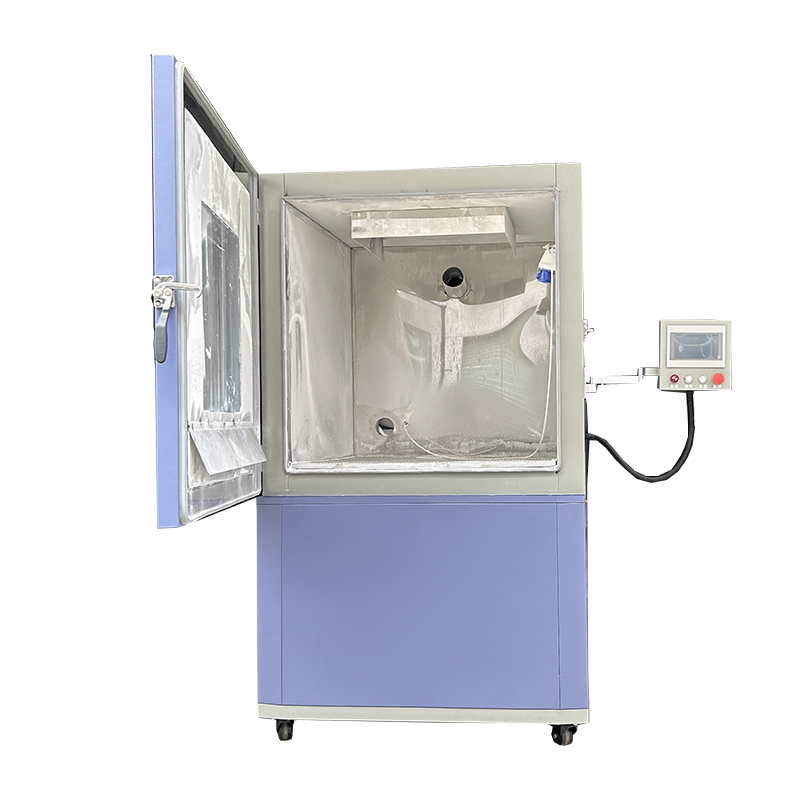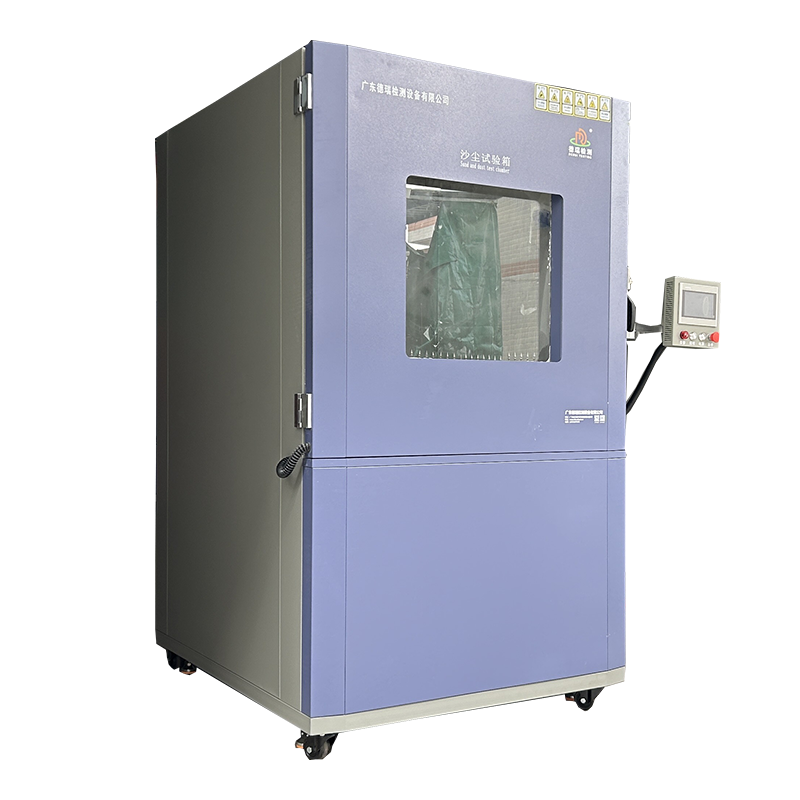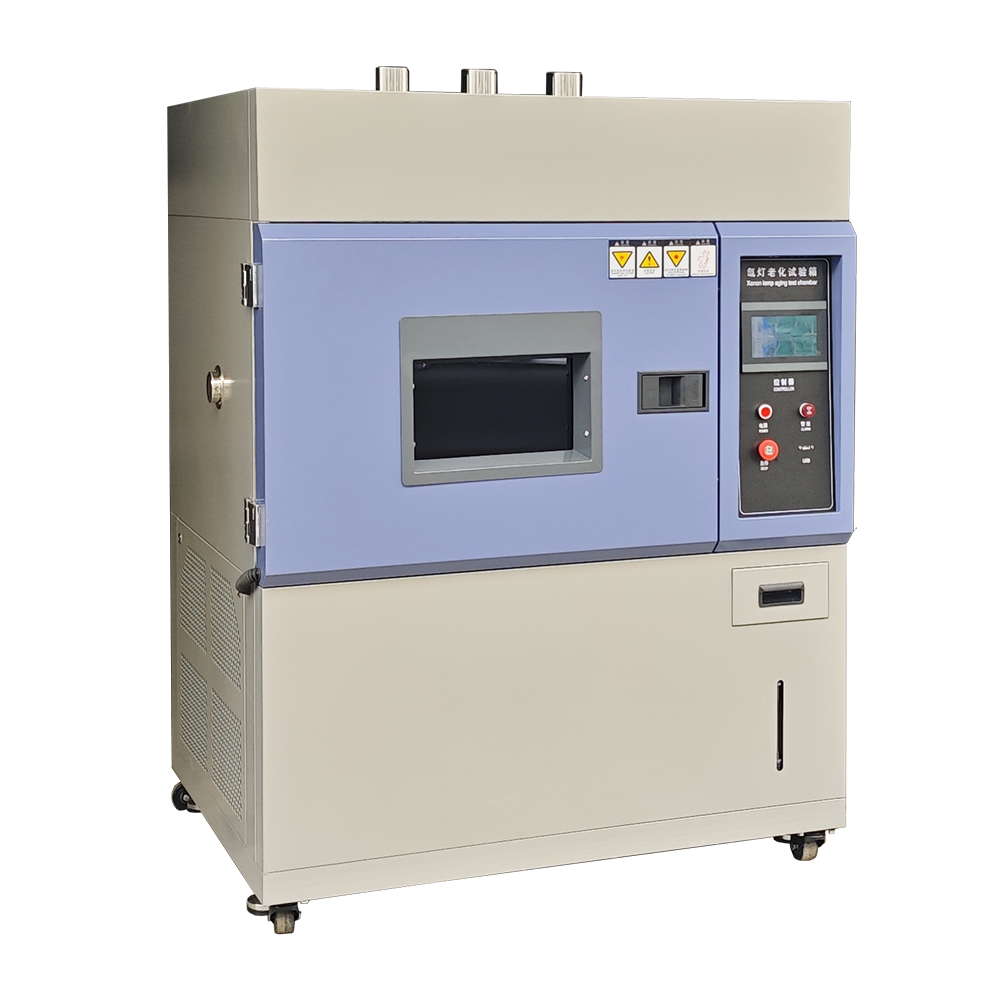

Dust Ingress Test Equipment Export Packaging Sea Freight Ready Global Shipping
Product Details:
Dust Ingress Test Equipment Export Packaging Sea Freight Ready Global Shipping Price And Quantity
- 348005.0 INR/Unit
- 1 Unit
Dust Ingress Test Equipment Export Packaging Sea Freight Ready Global Shipping Trade Information
- Cash in Advance (CID)
- 100 Unit Per Month
- 5 Days
- All India
Product Description
Dust accumulation on solar panels can reduce energy output by 1530% in arid regions like Rajasthan and Gujarat. The Dust Ingress Testing for Solar Panels system is a precision-engineered solution designed to validate the dust resistance of photovoltaic (PV) modules, junction boxes, and mounting systems. Compliant with IEC 62108, IS 16046, and BIS standards, this testing ensures solar farms and rooftop installations withstand Indias extreme dust environments while maintaining long-term performance.
The Hidden Cost of Dust on Solar Farms
-
Energy Loss: 1 mm of dust reduces efficiency by 58% a critical issue for GW-scale solar projects.
-
Maintenance Overheads: Manual cleaning costs 0.250.50 per panel monthly in desert regions.
-
Component Degradation: Dust abrasion damages anti-reflective coatings, accelerating panel aging.
How Our Testing System Works
-
Dust Simulation:
-
Particle Types: ISO 12103-1 A2 (desert sand), A3 (silt), and custom coal dust blends for industrial areas.
-
Deposition Rate: 520 g/m/hour, replicating seasonal sandstorms or gradual accumulation.
-
-
Dynamic Environmental Stress:
-
Wind-Driven Erosion: Adjustable airflow (515 m/s) to test dust adhesion under varying wind speeds.
-
Thermal Cycling: -10C to +85C (1C) to evaluate material expansion/contraction in dusty conditions.
-
Humidity Control: 1095% RH with dew cycles to simulate morning condensation trapping dust.
-
-
Performance Metrics:
-
Power Output Monitoring: Integrated IV curve tracers measure real-time efficiency loss during testing.
-
Surface Abrasion Analysis: 3D profilometry quantifies coating wear on glass and frames.
-
Key Testing Protocols
-
Sealed Component Validation:
-
Pressurize junction boxes to 20 kPa, checking for dust ingress at cable glands (IEC 62108).
-
-
Tilt Angle Impact Study:
-
Test dust accumulation on panels angled at 15 (utility-scale) vs. 30 (rooftop).
-
-
Self-Cleaning Coating Tests:
-
Validate hydrophobic coatings durability under 200+ dust/wash cycles.
-
Technical Specifications
-
Chamber Capacity: 2 m (single panel) to 20 m (array testing).
-
Dust Recycling: Closed-loop system reuses 95% of test dust, reducing operational costs.
-
Data Integration: Compatibility with SCADA systems for large-scale solar farm analytics.
-
Compliance: IEC 62108, UL 1703, MNRE (India) guidelines.
Case Study: Rajasthan Solar Park
-
Challenge: 22% efficiency drop in 6 months due to dust on 250 MW panels.
-
Solution: Tested 15 panel designs; selected textured glass with 40% lower dust retention.
-
Outcome: Annual energy loss reduced from 18% to 7%, saving 4.2 crore/year.
Why India Needs Specialized Solar Dust Testing
-
Regional Dust Profiles:
-
Customizable blends for Thar Desert sand, Deccan Plateau silt, or coastal salt-dust.
-
-
Monsoon Impact:
-
Test how pre-monsoon dust layers affect rainwater runoff and cleaning efficiency.
-
-
Cost-Benefit Analysis:
-
Identify ROI thresholds for anti-dust tech (e.g., robotic cleaners vs. coated glass).
-
FAQs (Dust Ingress Testing for Solar Panels)
Q1: How does IEC 62108 differ from general IP6X testing?
A: IEC 62108 focuses on PV-specific risks like junction box seals and long-term power degradation.
Q2: Can the system test bifacial solar panels?
A: Yesdual-side dust injection and rear-side photometric analysis are supported.
Q3: Whats the optimal testing duration for desert installations?
A: 100300 hours simulates 13 years of Rajasthan exposure, depending on particle density.
Q4: How to calibrate dust deposition rates?
A: Use NABL-accredited gravimetric sensors with 2% accuracy for ISO compliance.
Q5: Does MNRE mandate dust testing for subsidies?
A: Yesprojects exceeding 1 MW require IEC 62108 compliance for central subsidies.

Price:
- 50
- 100
- 200
- 250
- 500
- 1000+









 English
English Spanish
Spanish French
French German
German Italian
Italian Chinese (Simplified)
Chinese (Simplified) Japanese
Japanese Korean
Korean Arabic
Arabic Portuguese
Portuguese